Transverse Waves in Optics- Reflection, Refraction, and Diffraction
Transverse waves in optics play a crucial role in understanding the behavior of light. By understanding the reflection, refraction, and diffraction of these waves, we gain insights into various phenomena and can apply this knowledge to practical applications.
Read Other Examples of transverse waves
Transverse Waves in Optics
Waves play a fundamental role in the field of optics, where the behavior of light is studied and applied to various practical applications.
Light is an electromagnetic wave that exhibits various wave-like characteristics. Understanding how light waves interact with different mediums is crucial in comprehending the principles of optics. Transverse waves, characterized by oscillations perpendicular to the direction of wave propagation, have distinct behaviors when encountering different interfaces and obstacles.
Reflection of Transverse Waves
Reflection occurs when a wave encounters an interface between two different mediums and bounces back. According to the law of reflection, the angle of incidence is equal to the angle of reflection. In the case of transverse waves, this phenomenon remains consistent.

The reflection of light waves allows us to see objects by capturing the reflected rays with our eyes or other optical devices.
Refraction of Transverse Waves
Refraction refers to the bending of waves as they pass from one medium to another with a different refractive index. When a transverse wave encounters an interface at an angle, the change in speed causes a change in direction.
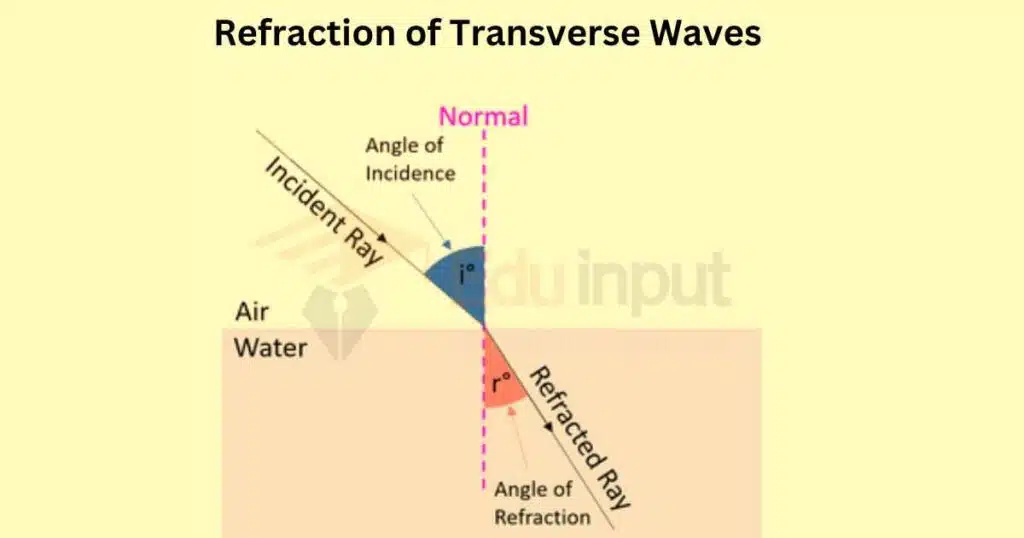
This change in direction is known as refraction. The amount of refraction depends on the angle of incidence, the refractive indices of the media involved, and Snell’s law.
Diffraction of Transverse Waves
Diffraction occurs when waves encounter an obstacle or pass through a narrow opening. It causes the waves to spread out and bend around the edges of the obstacle or opening. In optics, diffraction plays a significant role in phenomena such as the interference pattern observed in double-slit experiments.
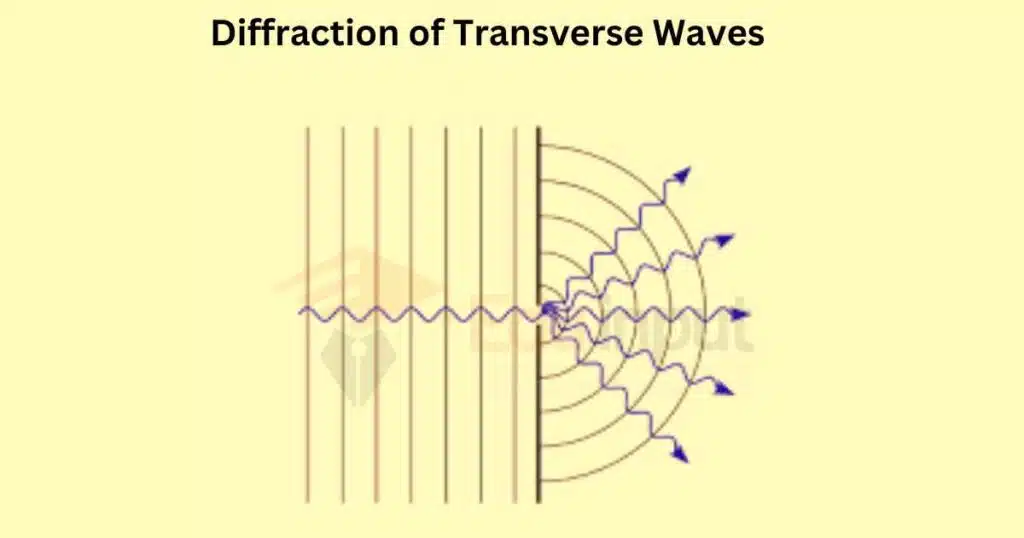
Diffraction allows us to understand the behavior of light waves when encountering obstacles or passing through small apertures.
Applications of Transverse Waves in Optics
Transverse waves in optics find practical applications in various fields. Let’s explore a few key applications:
Fiber Optics Communication
Fiber optics communication relies on the transmission of light signals through thin, flexible fibers. By utilizing the property of total internal reflection, transverse light waves can propagate through the fiber without significant losses. This technology revolutionized long-distance communication, enabling high-speed data transmission and internet connectivity across the globe.
Microscopy and Imaging
Transverse waves are crucial in microscopy and imaging techniques. Microscopes utilize lenses to focus light waves, allowing for magnification and visualization of small objects and structures. Various imaging techniques, such as fluorescence microscopy, rely on the behavior of transverse waves to capture and analyze specific wavelengths emitted or absorbed by the samples under examination.
Spectroscopy
Spectroscopy involves the study of light interactions with matter. By analyzing the absorption, emission, or scattering of light, spectroscopic techniques can provide valuable information about the composition and properties of substances. Transverse waves, through their reflection, refraction, and diffraction behaviors, enable precise measurements and analysis in spectroscopy.
Related FAQs
What are the characteristics of transverse waves?
Transverse waves are characterized by oscillations perpendicular to the direction of wave propagation. They exhibit properties such as amplitude, wavelength, frequency, and period.
How are transverse waves used in fiber optics?
Transverse waves in fiber optics allow for the transmission of light signals through thin, flexible fibers, revolutionizing long-distance communication and high-speed data transmission.
What is the significance of diffraction in optics?
Diffraction allows light waves to spread out and bend around obstacles or pass through narrow openings, providing insights into the behavior of light when encountering obstacles or passing through small apertures.


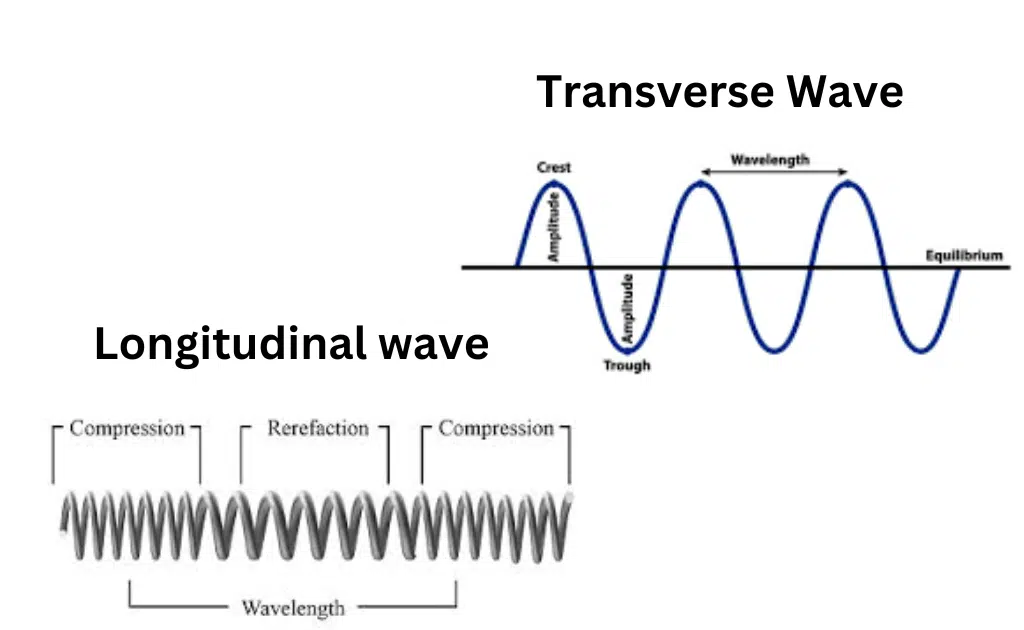
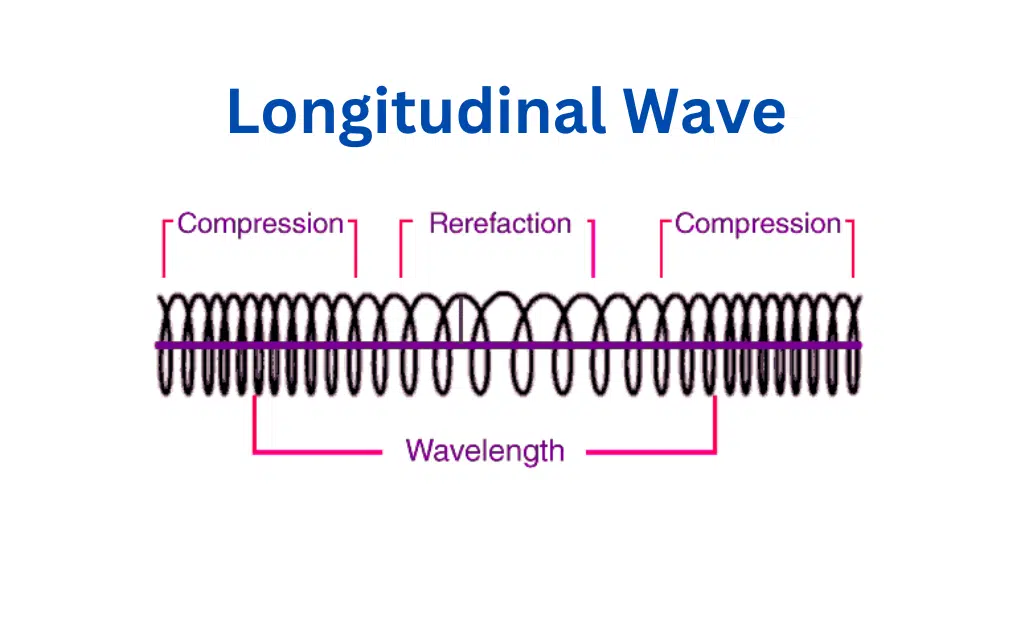
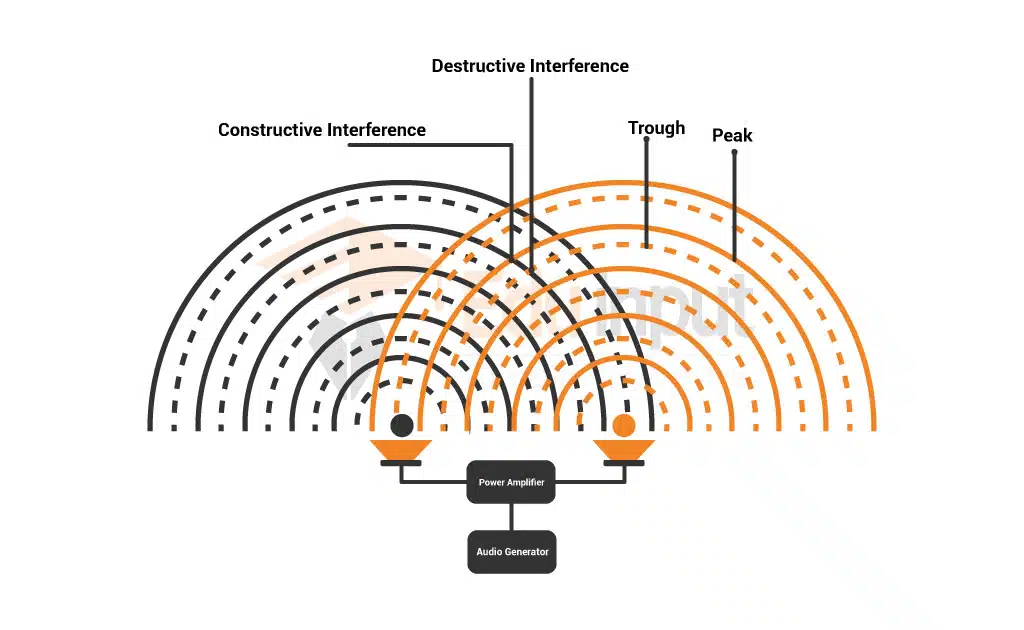


Leave a Reply